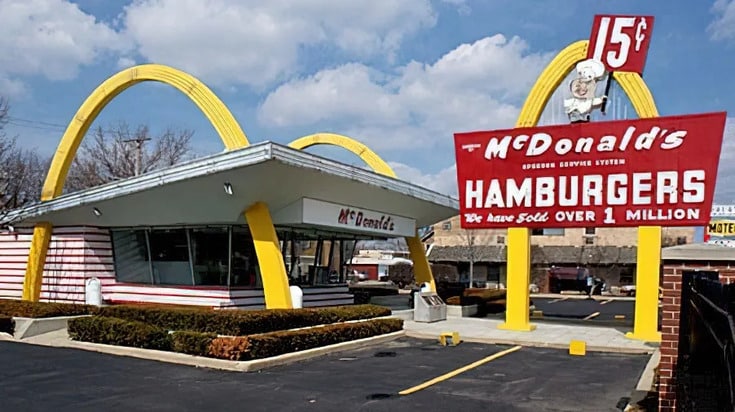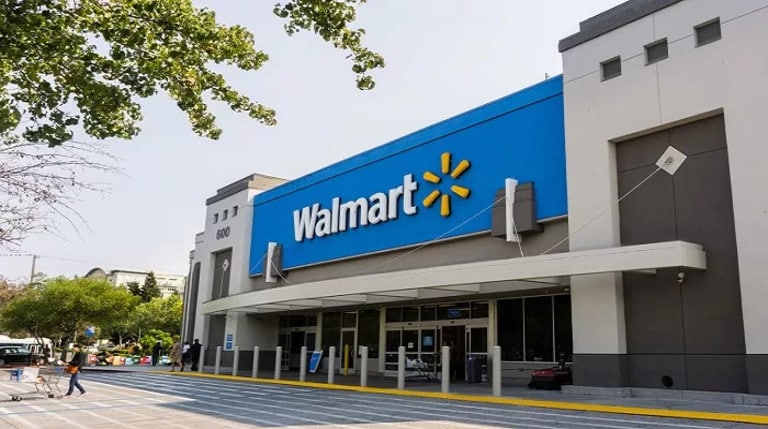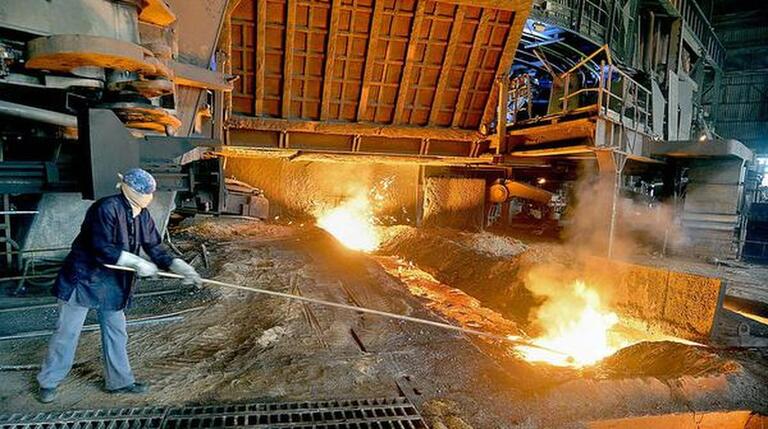
The Vision That Revolutionized Fast Food
In 1954, salesman Ray Kroc pulled into a bustling drive-in in San Bernardino, California. The restaurant, owned by brothers Richard and Maurice McDonald, was unlike anything he had ever seen. Lines stretched around the block, customers received quick service, and quality hamburgers sold for just fifteen cents. Having visited hundreds of diners while selling milkshake machines, Kroc immediately recognized a groundbreaking opportunity.
The McDonald brothers had streamlined their kitchen into a production line, simplifying every step for maximum speed and efficiency. Gone were the waitresses and indoor seating—customers ordered through windows and received consistent, affordable meals. The result was a new kind of dining experience: fast, reliable, and economical.
Ray Kroc’s Big Idea
Although the brothers were satisfied running their single location, Kroc saw potential far beyond San Bernardino. He proposed expanding McDonald’s nationwide through franchising, handling all operations himself while the brothers earned royalties. Reluctantly, they agreed.
Kroc opened his first McDonald’s in Des Plaines, Illinois, on April 15, 1955. Every detail—from grill placement to french fry preparation—was meticulously designed to replicate the McDonald system. His insistence on quality paid off, and the restaurant became profitable from day one.
Building the McDonald’s Franchise Model
By 1956, McDonald’s had expanded to more than a dozen locations. Kroc’s goal was simple: create a national chain where customers could expect the same product and service everywhere. He ensured strict standards while allowing franchise owners entrepreneurial freedom—a balance that fueled rapid growth.
Kroc and financial expert Harry Sonneborn soon introduced a new revenue stream. By purchasing land under McDonald’s locations and leasing it to franchisees, the company gained steady income and control over expansion. This innovation, managed through Franchise Realty Corporation, became a cornerstone of McDonald’s profitability.
The Turning Point: Full Ownership
Despite McDonald’s success, Kroc’s original agreement left him with a small share of profits. In 1961, he bought out the McDonald brothers for $2.7 million—a move he initially thought too costly but that proved pivotal. From then on, McDonald’s could expand freely under his leadership.
By the late 1960s, Kroc stepped down as CEO but remained a driving force, pushing growth even during economic downturns. His philosophy was clear: build aggressively when others hesitate.
Global Expansion and Lasting Legacy
At the time of Kroc’s death in 1984, McDonald’s operated nearly 8,000 restaurants in 32 countries. The company’s system of consistent quality, efficient service, and bold franchising continued to propel its global dominance. By 2008, McDonald’s had over 31,000 locations and served 21 billion customers annually—averaging three visits per person worldwide.
Why McDonald’s Still Leads the Fast-Food Industry
McDonald’s success stems from three core strengths:
- Innovative Franchising Model: Empowering local operators while maintaining brand standards.
- Operational Efficiency: Simplified processes that save time and reduce costs.
- Brand Consistency and Marketing: Iconic products and campaigns—from the Big Mac to Ronald McDonald—built enduring customer loyalty.
McDonald’s remains the benchmark for franchising success and business innovation. From a modest burger stand to a global powerhouse, its journey under Ray Kroc exemplifies how vision, persistence, and smart systems can redefine an industry.







